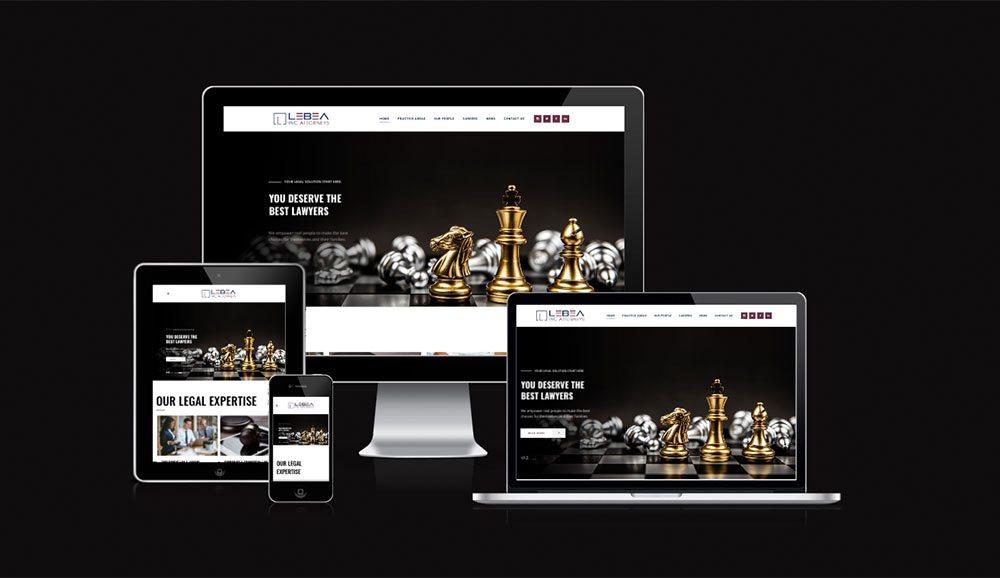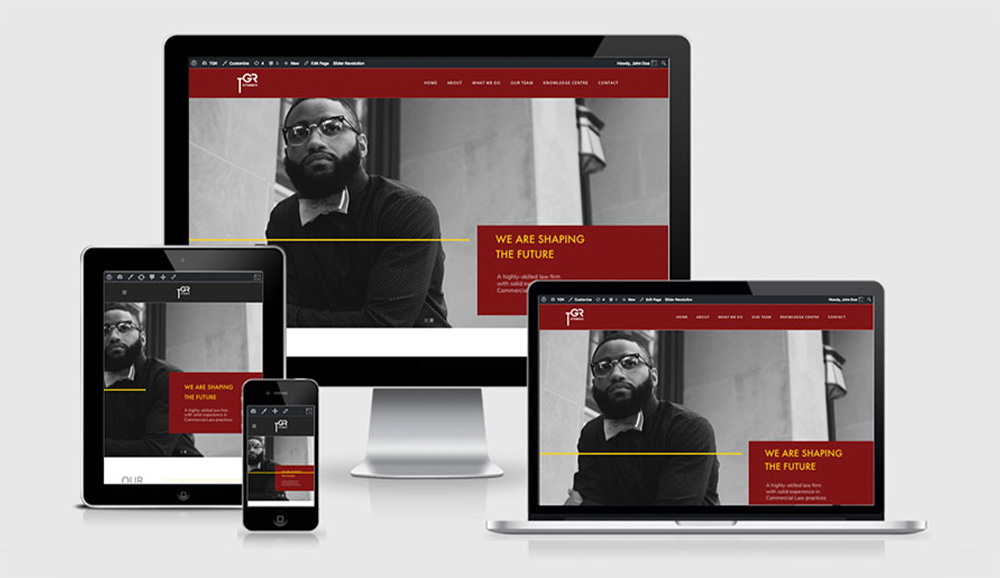05 Apr The Power of First Impressions: Law Firm Website Designs

When it comes to law firms, their website design is critical for success. A well-designed website can attract more clients, improve the firm’s reputation, and increase overall revenue. However, designing a great website for a law firm requires some specific considerations. This blog post will discuss some essential elements of a great website design for law firms.
1. Professionalism
Professionalism is the first and foremost aspect of a great website design for a law firm. The website should look and feel professional to the visitors. It should convey a sense of authority and expertise to potential clients. The website design should be simple, clean, and easy to navigate. A professional-looking website can give potential clients a positive impression of the law firm and increase their trust in its capabilities.
2. Clear Navigation
Another critical aspect of website design for law firms is straightforward navigation. Visitors to the website should be able to find the information they need quickly and easily. Navigation should be intuitive and straightforward, and the website’s structure should make sense. A transparent navigation system helps visitors find the information they need and can help them feel more comfortable with the law firm.
3. Mobile Responsiveness
Mobile responsiveness is an essential aspect of website design for law firms. With more and more people using their smartphones and tablets to access the internet, the law firm’s website must be optimised for mobile devices. A mobile-responsive website adjusts to the screen size on which it is viewed, making it easier to read and navigate on smaller devices. A mobile-responsive website can help ensure the law firm gets all the potential clients who prefer to browse on their mobile devices.

4. Contact Information
The law firm’s contact information should be easy to find on the website. Visitors should be able to find the firm’s phone number, email address, and physical address easily. A contact page or a prominent section on the homepage can make it easy for visitors to contact the law firm. Making it easy for potential clients to contact the law firm can help increase its conversion rate.
5. Quality Content
The website’s content is just as important as its design. The content should be high-quality, informative, and engaging. Visitors should be able to learn about the law firm’s services and expertise and should be convinced of the firm’s capabilities. High-quality content can also help the website rank higher in search engines, increasing its visibility to potential clients.
6. User-Friendly Forms
The law firm must have user-friendly forms to generate leads through its website. Contact forms, newsletter sign-ups, and other forms should be easy to fill out and submit. The law firm should ask for only essential information, and law firms should optimise the forms for mobile devices. Making it easy for visitors to fill out forms can help increase the firm’s conversion rate.

7. Visual Appeal
While professionalism is critical, the law firm’s website should also be visually appealing. The website design should be visually engaging, with images and graphics complementing the content. However, the design should be manageable and manageable, as this can distract visitors from the main message. A visually appealing website can make visitors more likely to stay on the site and learn more about the law firm.
8. Speed and Performance
Finally, legal companies must prioritise website performance and speed. Pages or forms should load promptly for visitors. Slow website performance can lower conversion rates and raise bounce rates. Law firms should use clean code and appropriate image optimisation to speed up and perform the website.
In conclusion, in today’s digital age, having a website is essential for any business, including law firms. A well-designed website can help law firms attract potential clients, build their reputation, and increase revenue. A website can also provide essential information to clients and streamline the communication process.

